Qing dynasty was the last dynasty of China, which came to power after overthrowing the Ming dynasty and was succeeded by the Republic of China. It ruled over China for a period of 268 years from 1644 to 1912. Qing is also known as the Manchu dynasty as it was ruled not by Han Chinese, who constitute a majority of China’s population, but by tribes from Manchuria who collectively called themselves Manchus. The dynasty saw a prosperous period during most of the eighteenth century but it declined in the next century after losing several wars with foreign powers, most prominently the Opium Wars. The last years of the Qing were marred by rebellions across the nation which culminated with the successful 1911 Xinhai Revolution. Know more about the major events and emperors as well as the rise, reign, decline and fall of the Qing dynasty through these 10 interesting facts.
#1 QING DYNASTY WAS FOUNDED BY THE JURCHEN LEADER NURHACI
The Jurchens were people who inhabited the region of Manchuria in Northeast China. In 1115, they established the Jin Dynasty which ruled a part of China till the 1234 conquest by the Mongols. In late 16th and early 17th century, Nurhaci, a Jurchen chieftain belonging to Aisin Gioro clan, carried out a successful campaign to unify the various Jurchen tribes through conquests. In 1616, Nurhaci declared himself King of a new Jin Dynasty; and in 1618, he listed 7 problems with the reigning Ming dynasty and began a rebellion against their rule. By 1621, Nurhaci conquered the Ming cities of Liaoyang and Shenyang. He died in 1626 and was succeeded by his son Hong Taiji. In 1635, Hong Taiji officially adopted the name “Manchu” for the united Jurchen people; and the following year he changed the name of the dynasty from Jin to Qing (“clear” or “pure”).
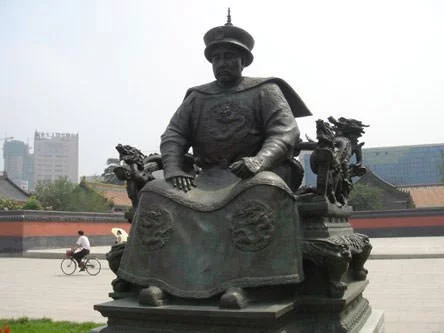
#2 IT WAS ESTABLISHED IN 1644 WITH SHUNZHI EMPEROR AS ITS KING
Hong Taiji died in September 1643. He was succeeded by his five-year-old son Fulin who was instated as the Shunzhi Emperor. However, the de facto ruler was Dorgon, brother of Taiji and one of the two appointed regents. On 26th May 1644, Ming capital Beijing fell to a rebel army led by the peasant Li Zicheng. Zicheng founded the Shun dynasty, but it was short-lived. Ming general Wu Sangui joined forces with the Qing dynasty. The combined army of the former enemies, led by Dorgon, defeated the rebel forces of Zicheng at the Battle of Shanhai Pass and captured the Ming capital Beijing in June 1644. The Qing Dynasty was thus established and on October 30, the six-year-old Shunzhi Emperor was acclaimed as the universal emperor. However, it took around 17 more years for Qing dynasty to defeat the rest of the Ming forces and establish its control over entire China.
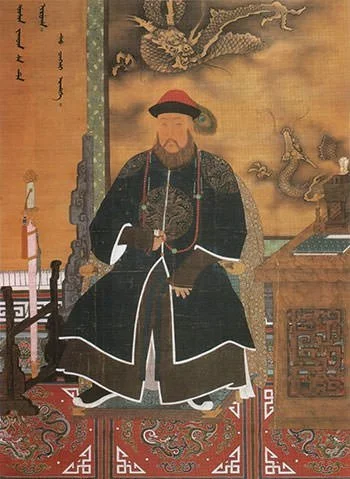
#3 ETHNIC HAN CHINESE PLAYED A MAJOR ROLE IN THE QING CONQUEST
Han Chinese is an ethnic group which constitutes the majority of China’s population. Ming dynasty, that preceded the Qing, was ruled by the Han. Mongols, who ruled before the Ming, had since been divided into individual tribes. Nurhaci and Hong Taiji followed a policy of subjugating or allying through marriages with the Mongols to strengthen their forces. They also incorporated captured and defected Han soldiers in their army. Nurhaci created the Eight Banners, which functioned as armies as well as an organizational framework of Manchu society. As Mongol and Han forces were added, the Mongol Eight Banners and Han Eight Banners were created alongside the original Manchu banners. By 1648, Manchus were only 16% of the Qing forces with Han Chinese dominating at 75% and Mongols making up the remaining 9%. Thus, Han defectors played a massive role in the Qing conquest of China.
#4 THE QING ENFORCED THEIR QUEUE HAIRSTYLE ON THEIR HAN SUBJECTS
The Manchu people traditionally wore the queue hairstyle, in which the front portion of the head is shaven and the remaining hair is worn long and braided. In July 1645, Dorgon issued the Queue Order which asked all Han Chinese men to adopt the queue hairstyle within ten days or face death. The Manchus regarded this policy as a test of loyalty. However, the Han Chinese did not cut their hair for cultural reasons and considered the order humiliating. The order was thus resisted by numerous people. The Qing struck with deadly force leading to several infamous massacres in which thousands were killed. Like, there was resistance in Jiangyin which held the Qing troops for 83 days. However, when it was crushed on 9th October 1645, Qing army massacred the entire population, killing 74,000 to 100,000 people. The queue was the only aspect of Manchu culture that the Qing forced on the Han population.
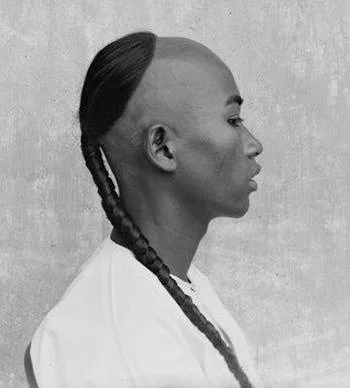
#5 KANGXI EMPEROR IS CONSIDERED Its GREATEST EMPEROR
After capturing the Ming capital Beijing, Dorgon made it the capital of the Qing dynasty. Beijing remained the Qing capital throughout their reign. After consolidating Qing control over China, Dorgon died in 1650. This resulted in the Shunzhi Emperor assuming the role of the real leader but he died of smallpox at the age of 22 in 1661. He was succeeded by his seven year old son Xuanye who took the title Kangxi Emperor. The reign of Kangxi Emperor lasted for 61 years making him the longest-reigning emperor in the history of China. He is also considered one of China’s greatest emperors. He started an era known as the “High Qing” which lasted till the reign of his grandson Qianlong Emperor and during which the Qing dynasty reached the zenith of its social, economic and military power.
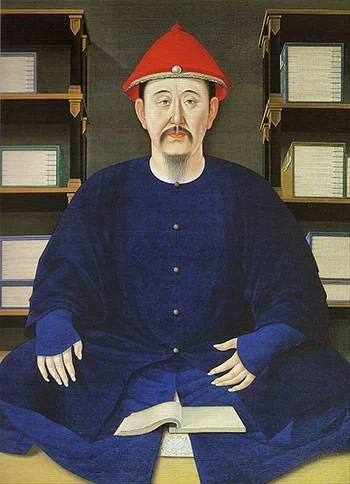
#6 It REACHED ITS ZENITH DURING THE REIGN OF QIANLONG EMPEROR
Emperor Kangxi’s main policies were for territorial expansion, monopolizing key industries and trading with Europeans while resisting their expansion. He extended control of Qing dynasty in Central Asia and blocked Russian efforts to gain control of Amur region. The reign of Kangxi Emperor ended with his death in 1722. The next 73 years, the reigns of his son and his grandson, Yongzheng Emperor (1723 – 1735) and Qianlong Emperor (1735 – 1796), are considered the most prosperous in the Qing era. The size of the empire became over 13 million square kilometers, second only to that of Yuan dynasty in size; and the population rose to around 400 million. Qianlong Emperor was the longest reigning de facto emperor of China. In 1796 he abdicated in favor of his son, the Jiaqing Emperor, to not reign longer than his grandfather, though he still retained ultimate power till his death in 1799.
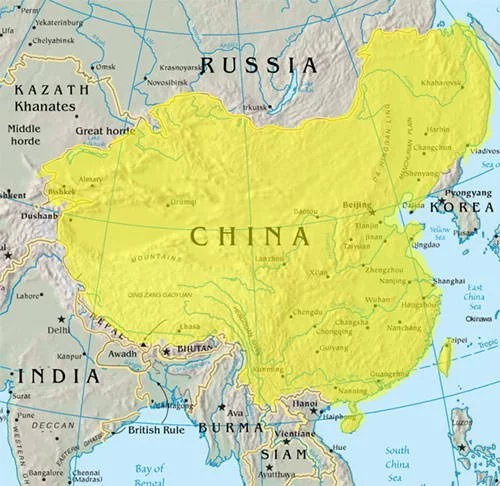
#7 THE QING ERA WAS MARRED BY THE USE OF OPIUM WHICH DEBILITATED CHINA
Opium was first used in China in the 7th century for medicinal purposes but by the Qing era, the practice of mixing opium with tobacco for smoking had become widespread. Demand in Europe for Chinese goods such as silk, tea and ceramics could only be met by supplying China with silver. The British East India Company, concerned with the drain of silver, greatly expanded the production of opium in India. It imported large quantities of the drug in China, legally and illegally, in return for Chinese goods. Grandson of Qianlong Emperor, Daoguang Emperor, concerned with outflow of silver and the adverse effect opium was having on the Chinese population, ordered an end to the opium trade and banned the drug. His efforts to halt the spread of opium in China led directly to the First Opium War of 1839–42, in which the British Royal Navy handed a crushing defeat to Qing China.
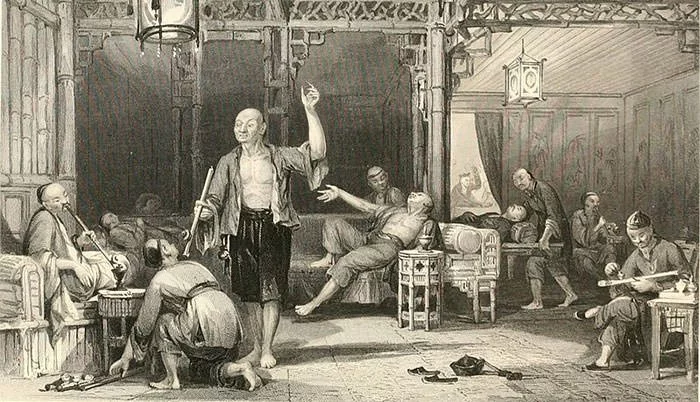
#8 QING DEFEAT IS CONSIDERED THE START OF 100 YEARS OF NATIONAL HUMILIATION
The loss of the Qing dynasty in the First Opium War led to the 1842 Treaty of Nanking, which not only allowed further opium trade but also ceded the territory of Hong Kong to Britain and forced China to pay huge costs as war reparation and for the destroyed opium. The treaty is considered first in a series of unequal treaties between China and the western powers, Britain, United States and France, as well as Japan and Russia, which were signed till early twentieth century. Ming China also lost the Second Opium War leading to a legalization of opium trade and Christians being granted full civil rights in China, including the right to own property. 1839, the beginning of the Opium Wars, is considered by Chinese historians as the beginning of the hundred years of national humiliation, a period which among other things, saw the dependence of the Chinese people, and economy, on opium.

#9 THE TAIPING REBELLION IN QING ERA WAS THE SECOND DEADLIEST WAR IN HISTORY
In their later years, the Qing dynasty was defeated by foreign powers repeatedly like in the Sino-Japanese War (1894–1895). At the same time, it was weakened by several rebellions. The most prominent of these was the Taiping Rebellion or Taiping Civil War, which lasted for 14 years from 1851 to 1864. The rebel leader, Hong Xiuquan, established his capital at Nanjing and began a series of reforms which, among other things, outlawed opium use, foot binding and slavery. Taiping rebellion was ultimately crushed by the Qing forces but 20 to 70 million people died during it, making it the bloodiest war in history after WWII and the largest conflict of the 19th century. Another prominent rebellion had initiated in 1794 as a tax protest led by White Lotus Society, a secret religious society. The White Lotus Rebellion was crushed by the Qing government in 1805 and resulted in around 100,000 deaths.

#10 It ENDED IN 1912 WITH PUYI BEING ITS LAST EMPEROR
The decline of the Qing dynasty led to the Xinhai Revolution, named so as it occurred in 1911, the year of the Xinhai in Chinese calendar. After the Wuchang Uprising on 10th October, the revolutionaries telegraphed other provinces asking them to declare their independence, and 15 provinces did so. They then established a republican government at Nanjing with Sun Yat-sen as its provisional president. The Qing responded by ordering its commander-in-chief Yuan Shikai to suppress the uprising. But, Shikai struck a compromise with the revolutionaries, who were in a weak position militarily. He agreed to arrange the abdication of Qing emperor Puyi in return for the post of the President of the Republic of China. The revolution ended with the abdication of the 6-year-old Puyi, on February 12, 1912, thus ending the reign of Qing dynasty and 2,000 years of imperial rule; and establishing the Republic of China with Yuan Shikai as the first President.

NATURAL DISASTERS DURING LATE QING PERIOD
Apart from suffering defeats from foreign powers and dealing with multiple rebellions, Qing dynasty also had to face some of the worst natural disasters during their late reign. The Northern Chinese Famine of 1876–79, caused due to a drought in 1875 led to the death of an estimated 9 to 13 million people. The 1887 Yellow River flood, the second deadliest flood in the history of mankind, caused the death of between 1 to 2 million people. Also, the Yangtze River flooded in 1911, leading to around 100,000 deaths. These natural disasters played a part in the decline and ultimate downfall of the Qing dynasty.

